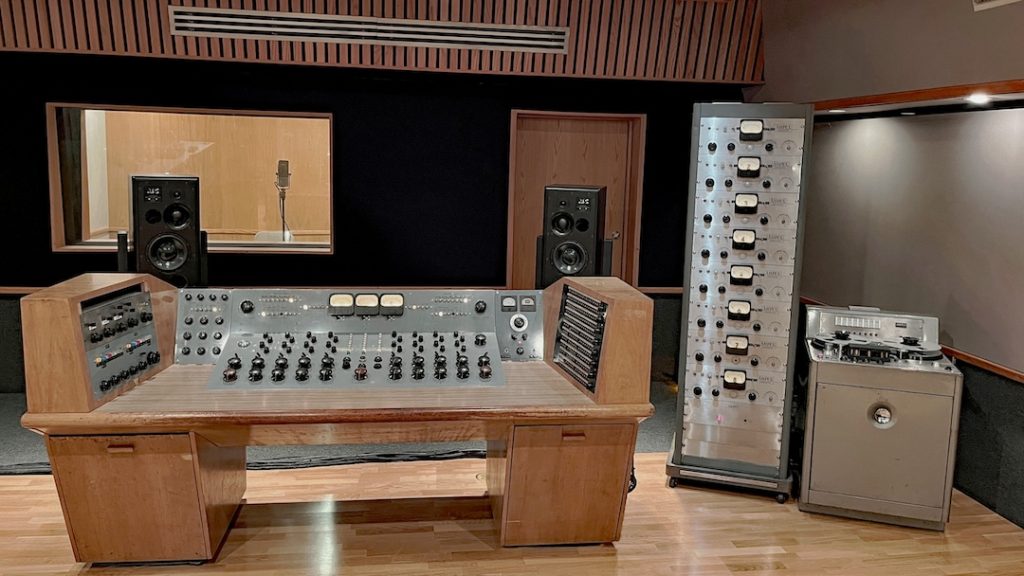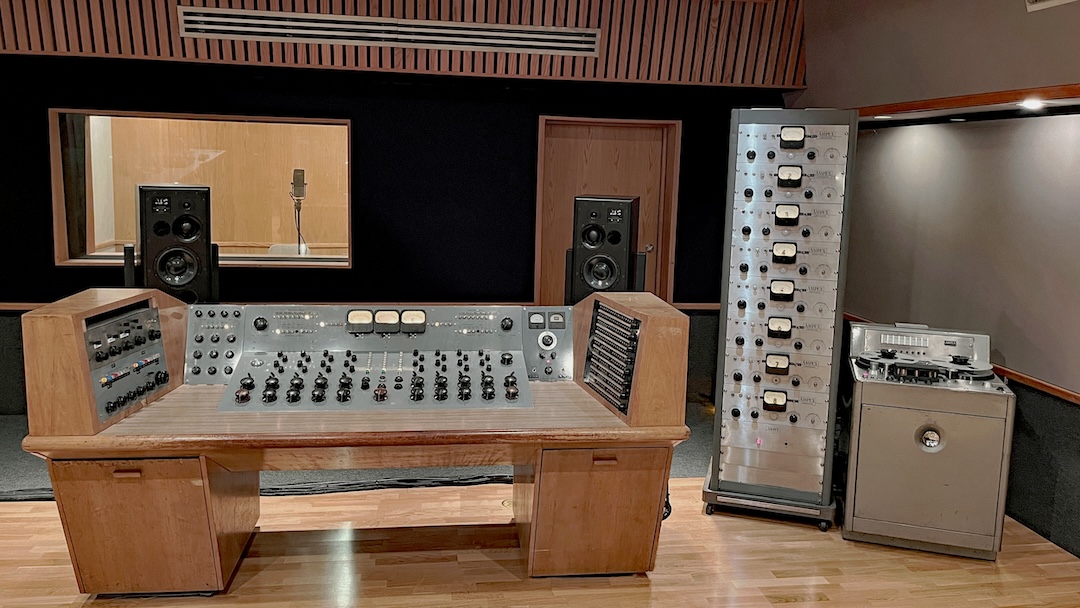
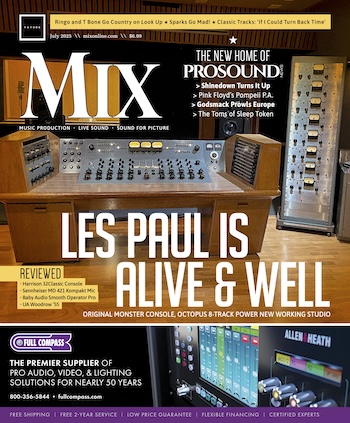
Don’t miss Part 1!
VINTAGE MEETS MODERN
Alongside the three vintage pieces, the new room offers modern conveniences such as ATC SCM50 monitors and a Pro Tools rig with DAD AX64 converters. Outboard gear includes Fairchild, Teletronix and Universal Audio pieces in the rack, sitting with more modern SSL, API and BAE devices. “If you come out of the console straight into Pro Tools, you could make a record that sounds as modern as a Beyoncé album,” Camuso says. “It sounds amazing because it’s alltube and because of the quality of the mic pre’s. There’s so much headroom; everything sounds so rich and full.”
Through trial and error, he eventually discovered a way to separate individual tracks from any multi-layered mono recording. “We tried everything,” he recalls. The next step was to time-align the separated tracks, a challenge since each stem—and there could be up to 30—was a different length due to tape drift.
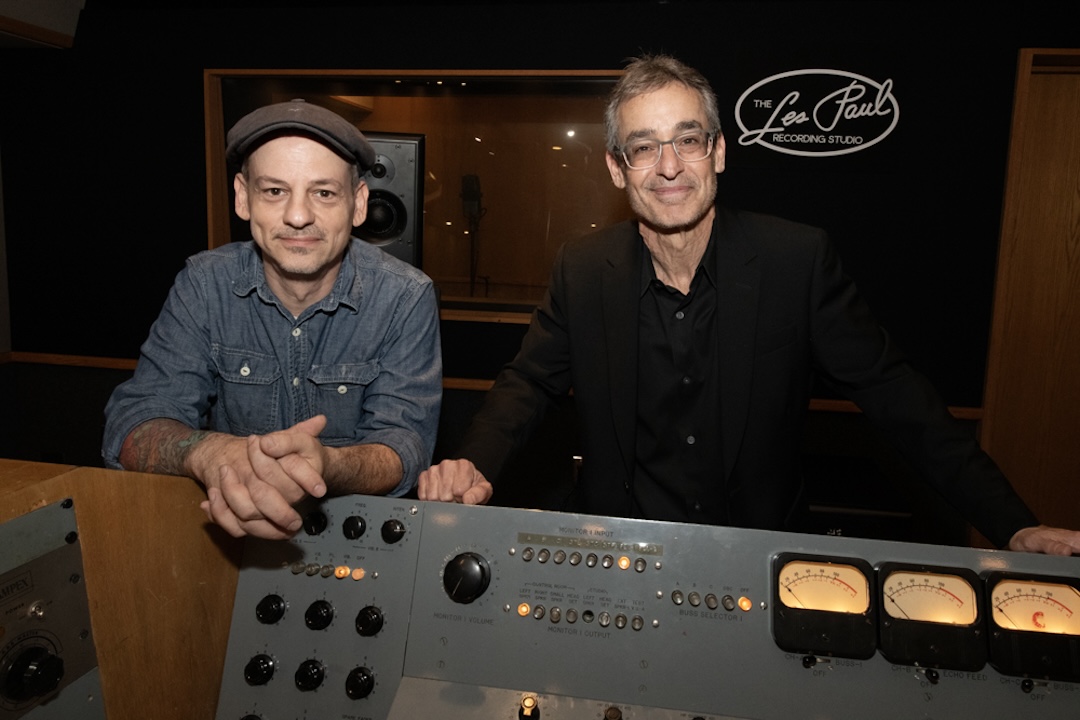
“Working with Cedar, we were able to use their software to manually align each track, getting them perfectly in sync,” he reports. “Then, combining a cocktail of different demixing software applications, we were able to create new multitracks for over 200 songs.” What worked in his favor was that an early stem might be just bass, direct guitar and a vocal: “They don’t really compete [frequency-wise], so they separate perfectly.”
Documentation has not been an issue. “Les not only kept track sheets, but they’re all typed, and he put down the EQ curves,” Camuso reports. Consulting the sheets, he found that some of the guitar tracks he thought were played by Paul were in fact by Ford. “I could never tell which was Les and which was Mary; she was awesome. Mary was also one of the greatest female vocalists of all time.”
The finished results, as Camuso works his way through the 200-plus released songs and more than three dozen unreleased recordings, are indistinguishable from modern-day productions in sound quality. The plan is to re-create the mono originals, create new stereo masters, and also generate stem mixes.
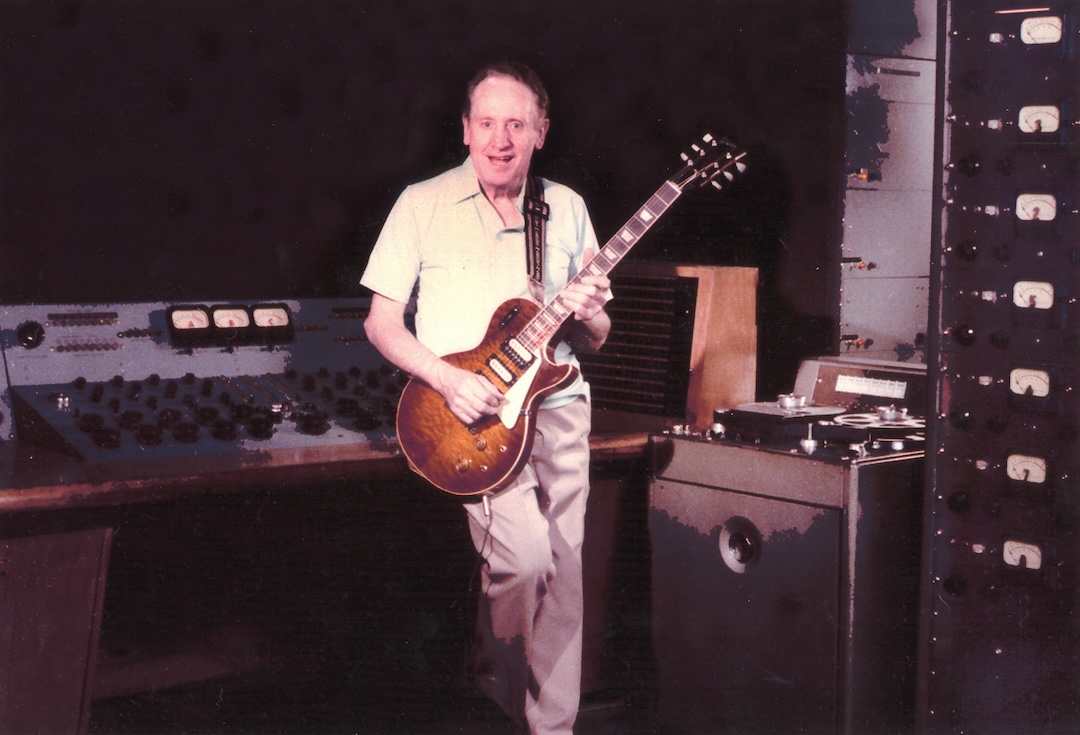
“We’re trying to preserve history and make something very modern at the same time,” Braunstein explains. “And now we can make instrumental versions, as well as have artists record duets alongside Les and Mary.”
Early in the demix/remix process, it became obvious that when stripping back the material to just their initial rhythm guitar, bass, a single vocal and solo guitar, the songs took on a whole different feel. “It’s almost a whole new set of recordings, because the songs sound so different,” Braunstein says. The new versions, labeled First Takes, will be included in the eventual box release.
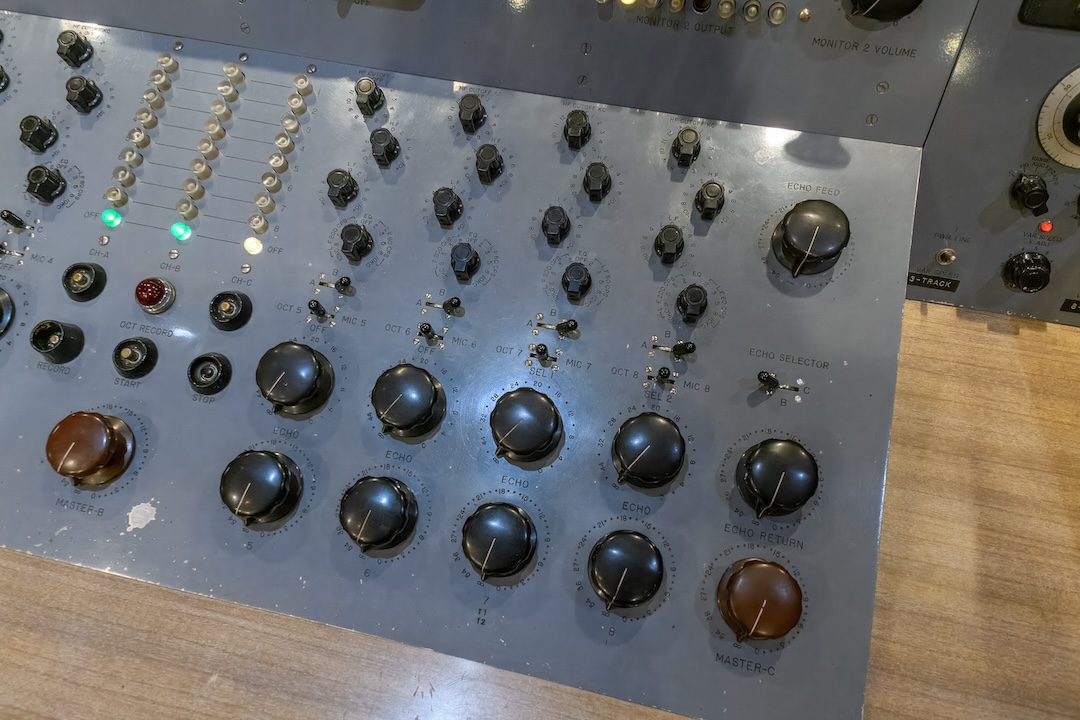
Unlike the previous location, the new Les Paul Recording Studio is not a museum. Educational institutions, including Carnegie Mellon, have already sent students through the studio, and Camuso has been overseeing recording sessions, including one straight to the Octopus using only ribbon mics and with the drums in mono. One of Les Paul’s record-cutting lathes is currently being restored by professor and Les Paul researcher Sean McClowry, to be added to the working equipment in the studio this fall.
Discover more great stories—get a free Mix SmartBrief subscription!
Anyone, in fact, can book time in the room, which has two iso booths and is stocked with some of Paul’s own guitars and microphones. “There will always be a Les Paul-approved engineer here, but you can bring your own engineer,” Camuso says. “We like to say that it’s like the Wright brothers’ plane—but you can actually fly it!”
“We’d like the Les Paul Recording Studio to be a studio where artists, engineers and students pursuing music can come and be their most innovative and creative selves, just like Les was,” Braunstein sums up. “It’s the one-of-a-kind recording experience that celebrates Les’ legacy and his place in the music industry.”
